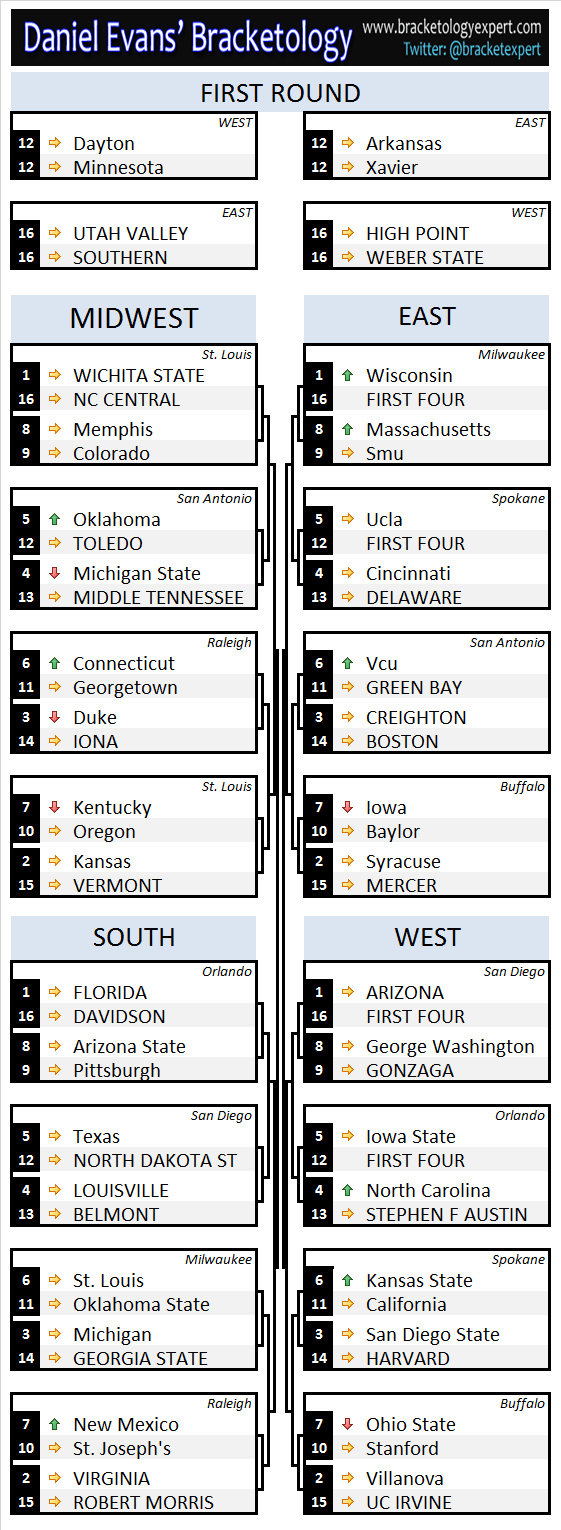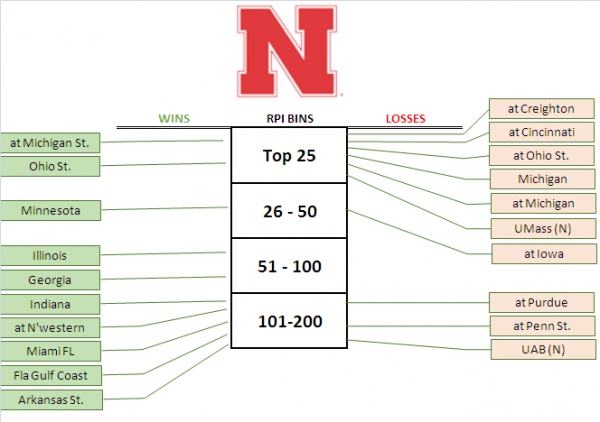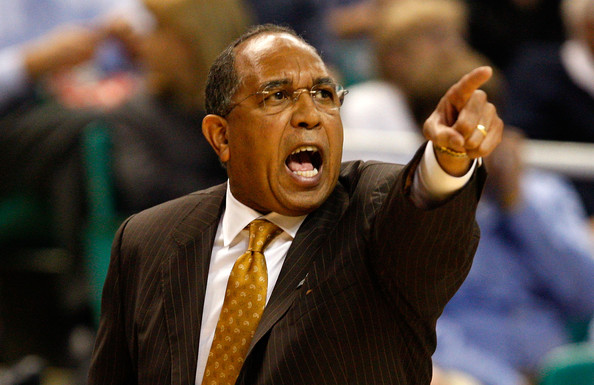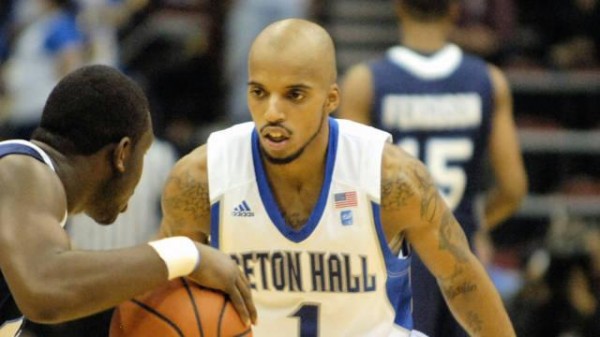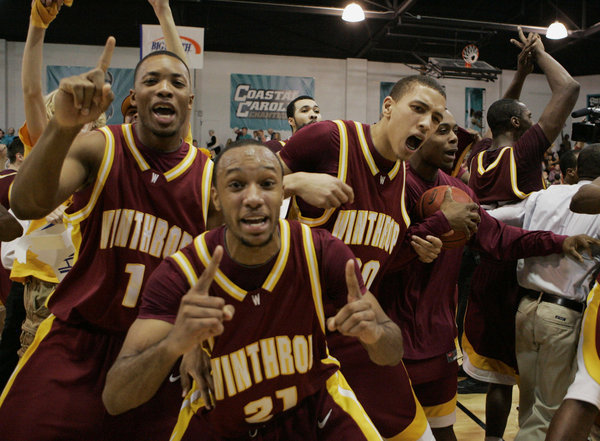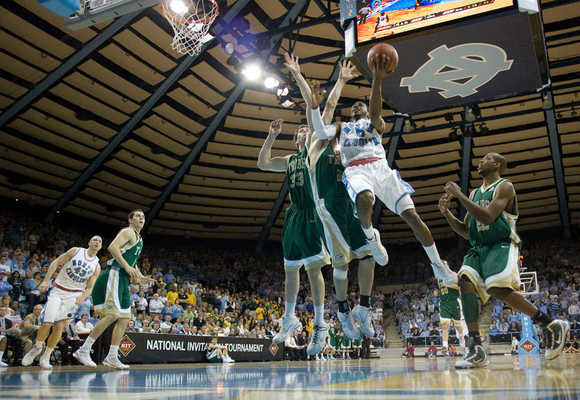RTC Bracketology: March 10 Edition
Posted by Daniel Evans on March 10th, 2014Daniel Evans (@bracketexpert) is Rush the Court’s resident bracketologist. He will update his brackets at least twice a week through the rest of the regular season here at RTC, but his updated brackets can be viewed daily at Bracketology Expert. As we approach March Madness, he’ll also provide occasional blind resumes. Evans has been ranked by the Bracket Matrix as the nation’s 11th-best bracketologist out of hundreds of entries.
It’s the best week of the year as we all count down the hours to Selection Sunday. It may take every minute to figure out this field, which continues to produce loops with some of the stunning losses we’ve seen over the last few weeks. On Sunday alone, two potential No. 1 seeds lost following a Saturday when Kansas and Arizona lost. One quick note for this bracket: Wisconsin’s loss to Nebraska on Sunday night moved the Badgers off of the No. 1 seed line. Villanova is now the final No. 1 seed and I believe firmly that if the bracket was released today, the Wildcats would join Florida, Wichita State and Arizona on the top line. For the first time in over a month of bracketing, I feel like those four teams are relatively clear-cut choices on the top line, but over the next six days that is certain to change. The Gators and Shockers are locked in as No. 1s but Arizona and Villanova could still make things interesting in conference tournament play. Meanwhile, the Badgers loss was Nebraska’s gain. The Cornhuskers jumped up to a No. 10 seed in this bracket and will likely end up in the No. 10-12 range on Selection Sunday.
The NCAA Tournament Picture (full bracket below)
- NCAA Tournament Locks (36): Arizona, Florida, Wichita State, Syracuse, Wisconsin, Kansas, Duke, Villanova, Virginia, Creighton, Michigan, San Diego State, Iowa State, Michigan State, Louisville, North Carolina, Saint Louis, Cincinnati, UCLA, Texas, Oklahoma, Connecticut, Kansas State, VCU, Kentucky, Massachusetts, Iowa, Ohio State, George Washington, Memphis, Arizona State, New Mexico, Oregon, Baylor, SMU, Oklahoma State
- NCAA Tournament Auto-Bids (5): Harvard (Ivy), Eastern Kentucky (OVC), Wichita State (MVC), Mercer (A-Sun), Coastal Carolina (Big South)
The Bubble Picture
- Projected Bubble Spots Left: 10
- Bubble In (10): Colorado, Stanford, Nebraska, Saint Joseph’s, Dayton, Xavier, California, Pittsburgh, Minnesota, Tennessee
- Bubble Out: BYU, Arkansas, Georgetown, Providence, Green Bay, Florida State, St. John’s, Belmont, Missouri, Indiana, West Virginia
Potential Bid Thieves Left (70)
- American (5): Houston, Rutgers, UCF, Temple, South Florida
- ACC (10): Clemson, N. C. State, Florida State, Maryland, Miami (FL), Wake Forest, Georgia Tech, Notre Dame, Boston College, Virginia Tech
- A-10 (9): Dayton, St. Joseph’s, Richmond, La Salle, St. Bonaventure, Rhode Island, Duquesne, George Mason, Fordham
- Big East (8): St. John’s, Xavier, Marquette, Georgetown, Seton Hall, Butler, DePaul, Providence
- Big 12 (3): West Virginia, Texas Tech, TCU
- Big Ten (6): Minnesota, Illinois, Indiana, Penn State, Northwestern, Purdue
- Mountain West (9): UNLV, Nevada, Boise State, Wyoming, Fresno State, Utah State, Colorado State, Air Force, San Jose State
- Pac-12 (5): Utah, Washington, Oregon State, Washington State, USC
- SEC (12): Georgia, Tennessee, Arkansas, Missouri, LSU, Ole Miss, Texas A&M, Vanderbilt, Alabama, Auburn, South Carolina, Mississippi State
- WCC (3): BYU, San Francisco, St. Mary’s
The NIT Picture
- There will be more to come on the NIT bracketology front as this week progresses, so stay tuned. I’ll likely also try to throw together CBI and CIT fields.
- Clinched NIT Bids (5): Belmont (OVC), Florida Gulf Coast (A-Sun), Davidson (SoCon), Vermont (America East), Green Bay (Horizon)
The Projected NCAA Tournament Field (March 10, 2014 at 10:13 AM CT)





























